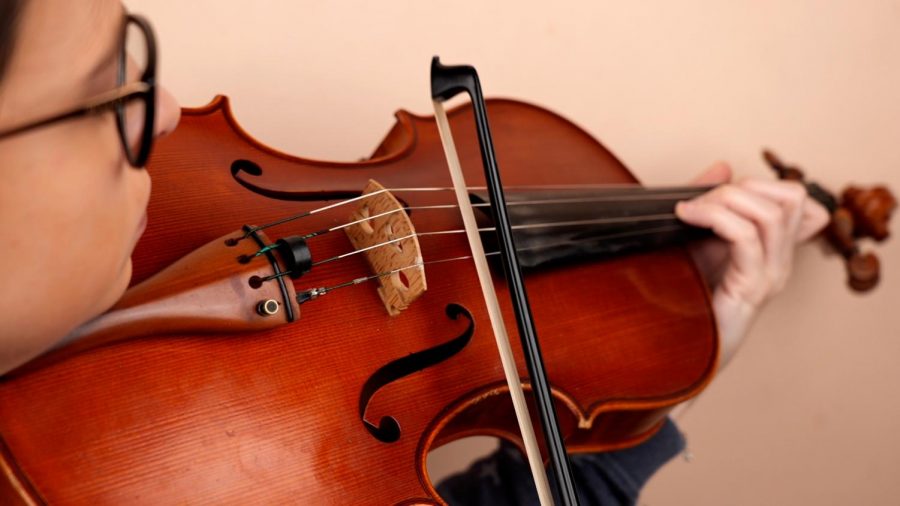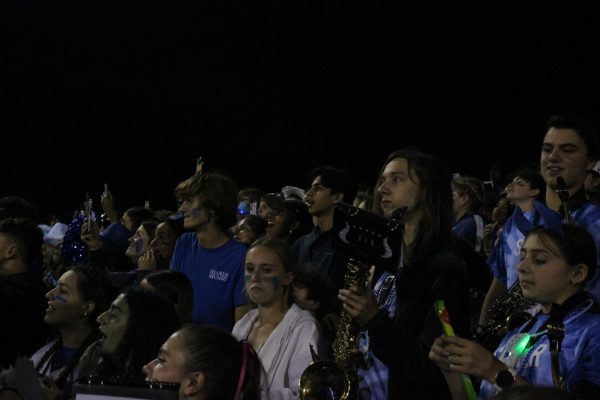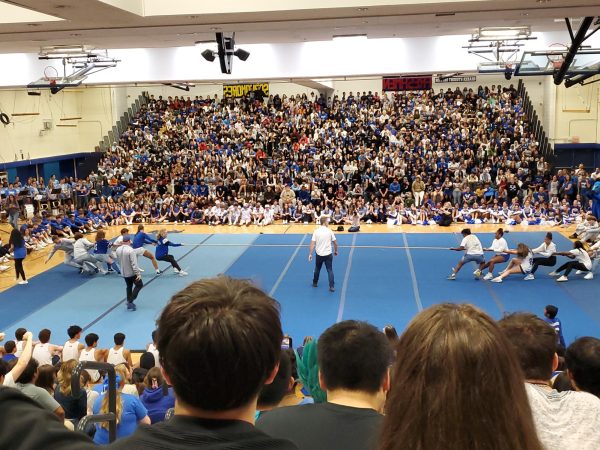The Bigger Violin
Bach. Beethoven. Tchaikovsky. You probably recognize at least one of them—but what about Stamitz? Walton? No? The reason is simple—poor Stamitz and Walton gave birth to foreign viola concertos, while classical celebrities like Bach, Beethoven, and Tchaikovsky generated popular violin concertos. Yet, orchestras need the violas they often overlook, because every part of any system contributes to the beauty of its whole.
Unfortunately, violists are drowning in merit-suppressing situations. The New York Times states that in quartets, violas are positioned so that their openings from which lovely melodies flow are angled away from an audience. Hence, the violist must lean awkwardly, twist outward, or maneuver their left arm sideways while performing, making violists the quartets’ clowns.
Also, violins, being so championed, are afforded two sections in orchestras. Violas, though, can only support one. Does no one find violins’ high strains, especially when heard for long durations, unpleasant to the ear?
Unfortunately, many poke fun at violas’ prominent denunciation, often accentuating hilarious Internet jokes as seen on an MIT website:
What’s the difference between a viola and an onion? No one cries when you cut up a viola.
How do you keep your violin from getting stolen? Put it in a viola case.
Regardless, violas can impressively exhibit violins’ high sounds and cellos’ low sounds, while violins cannot reach the note “C2” as violas easily can. The competence of violas’ tenderly low tones is magnified in Sibelius’s Karelia Overture, in which the violas’ richly robust entrance resembles soldiers majestically marching with pronounced patriotism.
Furthermore, violas’ ability to subtly blend with other instruments merges an orchestra’s colors into a gorgeous masterpiece. Thus, as I carefully bow across my exquisite viola, my heart pounds gloriously due to the instrument’s undeniable might.
This passion affects all of an ensemble’s members, highlighting that orchestras cannot flourish without the interdependence of violins, cellos, basses, and violas. Why, then, do individuals fixate on one aspect of orchestras?
Conformity.
People conform to the notion that one aspect of any system deserves the attribution for the state of its whole—and unrightfully so. When the Confederate states seceded from the North before the Civil War, their one-crop economy trailed the North’s rapid industrialization, and consequently, the North lacked ample cotton to make enough textiles to drive America’s economy. As Lincoln proclaimed, “a house divided against itself cannot stand.” Likewise, orchestras cannot thrive with only violins—or only violas, for that matter.
The viola is the orchestra’s quiet middle child: ignored by its parents and forgotten in favor of its more renowned siblings. Yet, my seven years as a violist have confirmed that orchestras require violas’ magnificently distinct features to blossom.
It is time for “bigger violins” to reclaim their intrinsic value.
Works Cited:
Britannica, The Editors of Encyclopaedia. “King Cotton”. Encyclopedia Britannica, 19 Aug. 2014, https://www.britannica.com/event/King-Cotton.
Buja, Maureen. “Instruments of the Orchestra II: The Viola.” Interlude, Interlude, 22 Feb. 2015, interlude.hk/instruments-orchestra-ii-viola/#:~:text=In%20an%20orchestra%2C%20the%20viola,violin%20but%20is%20slightly%20larger.&text=Its%20warm%2C%20low%20sound%20can,to%20the%20high%20string%20sound.
da Fonseca-Wollheim, Corinna. “Twisting for Solos, the Violist Is a Quartet’s Odd Player Out.” The New York Times, The New York Times, 31 Aug. 2018, www.nytimes.com/2018/08/31/arts/music/string-quartet-viola.html.
Gates, Henry Louis. “The Role Cotton Played in the 1800s Economy.” PBS, Public Broadcasting Service, www.pbs.org/wnet/african-americans-many-rivers-to-cross/history/why-was-cotton-king/.
[email protected]. “Viola Jokes.” Viola Jokes (Part 1), 5 July 2002, www.mit.edu/~jcb/jokes/viola.html.










